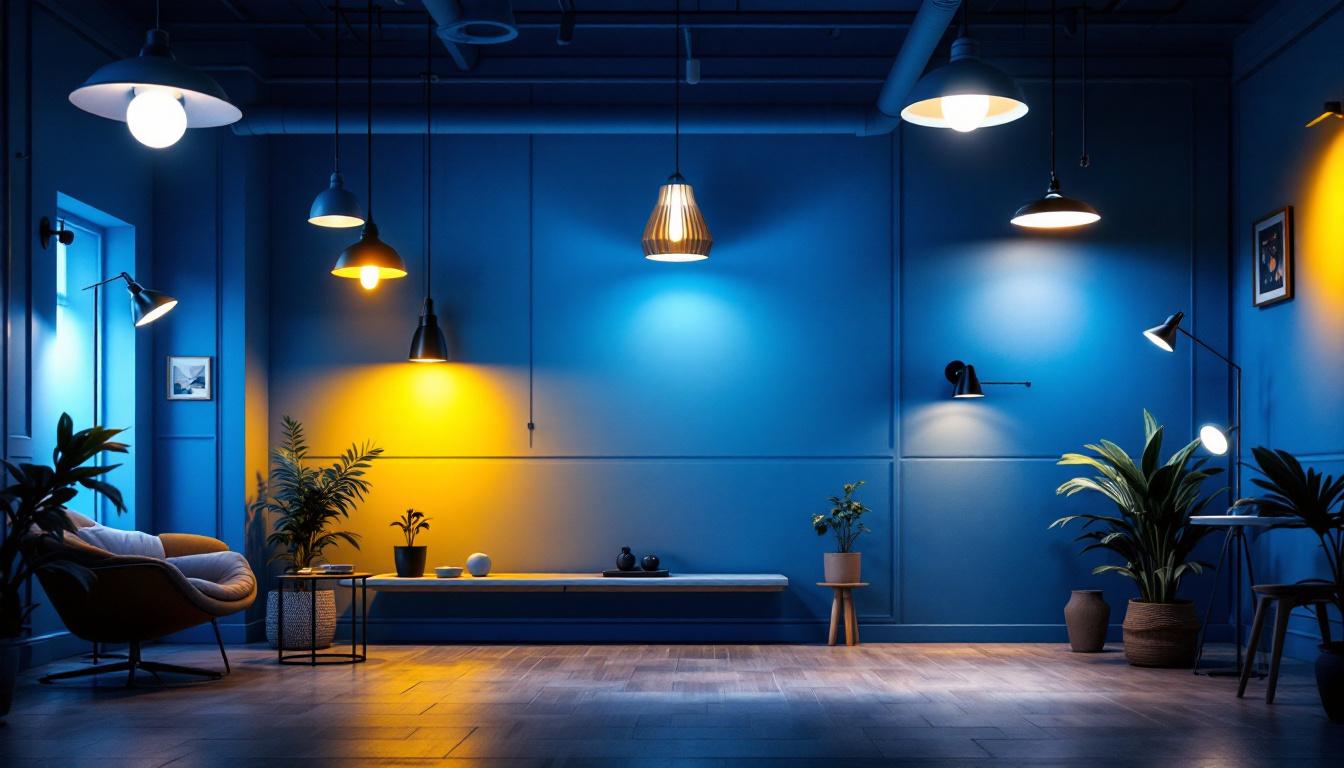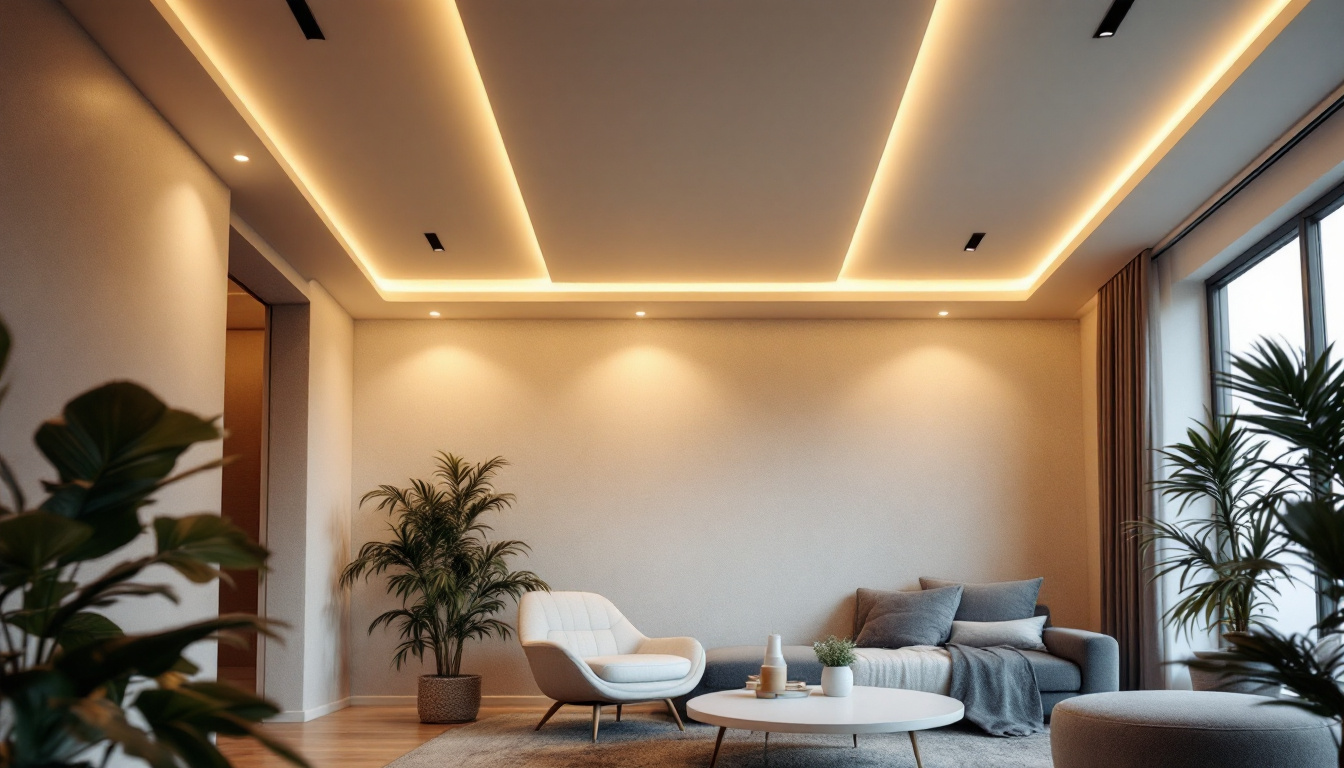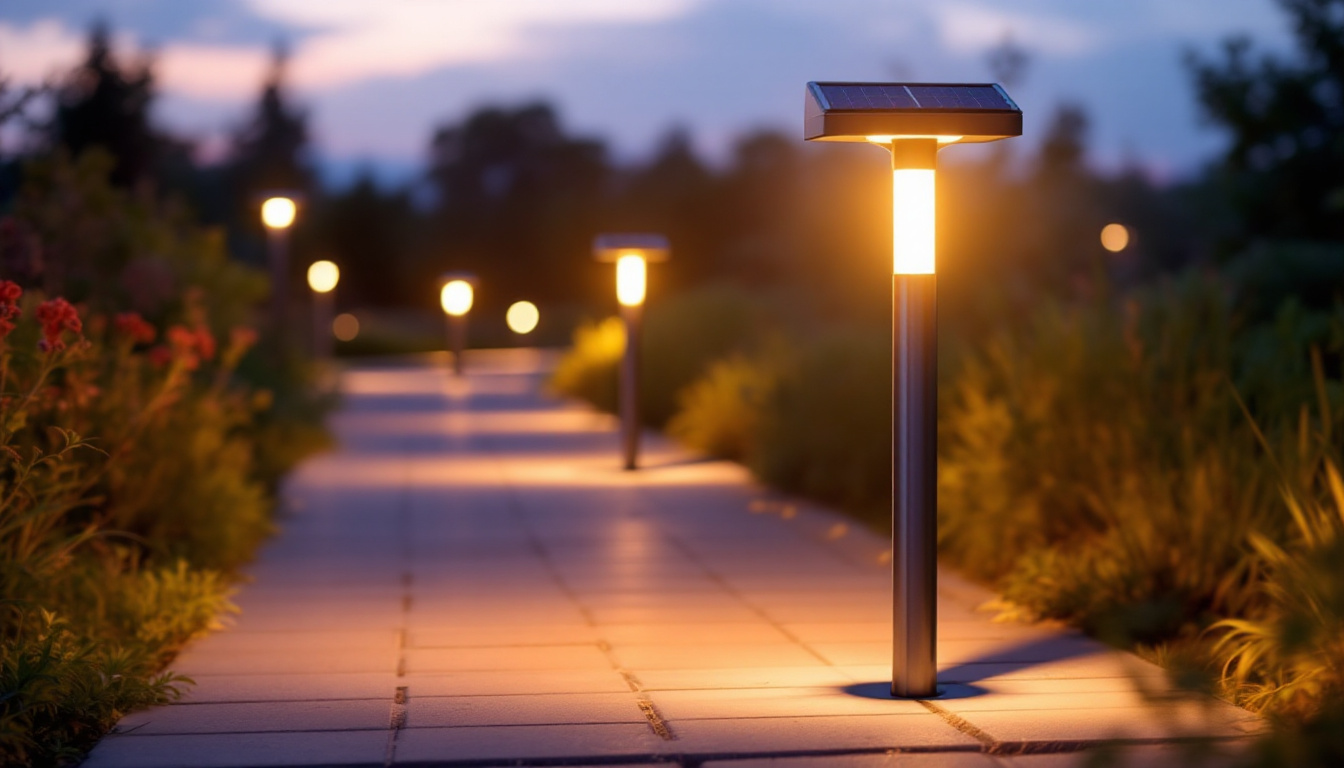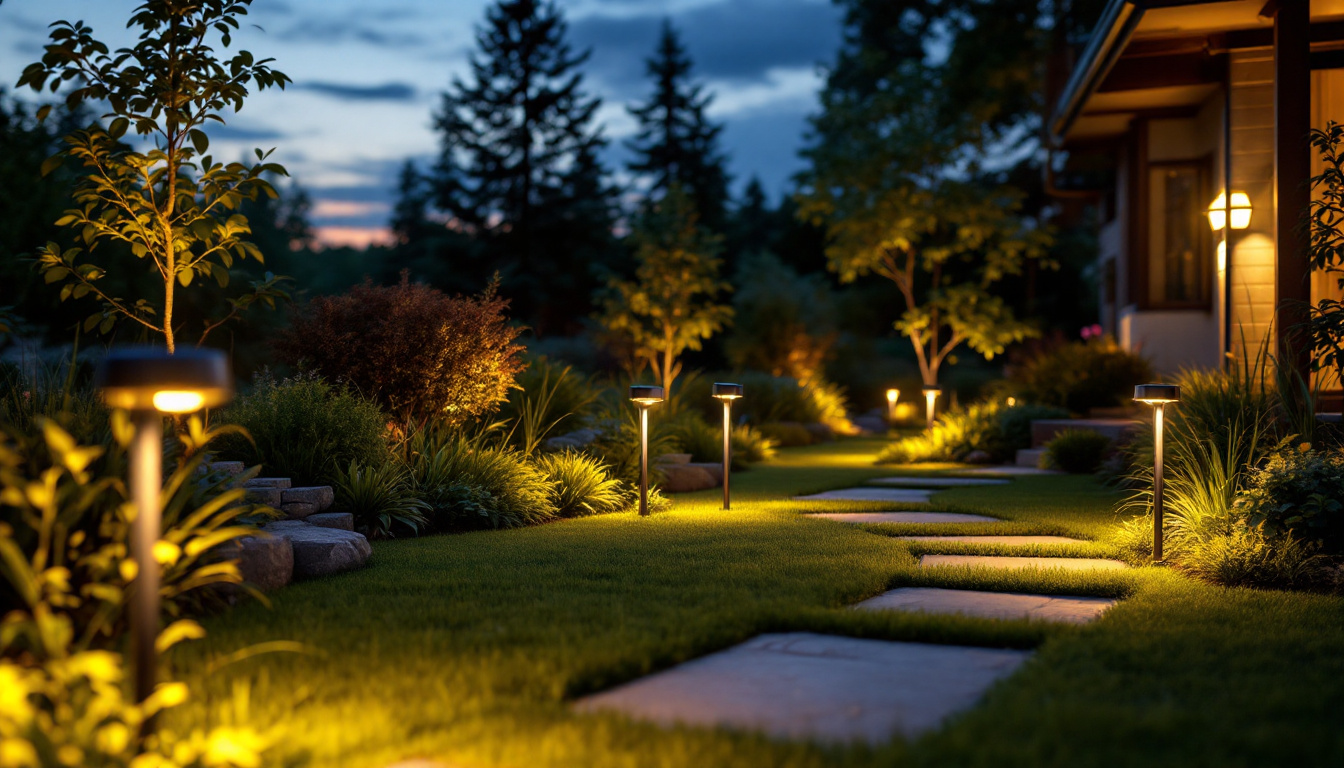
Lighting is an essential aspect of any construction or renovation project. It not only enhances the aesthetics of a space but also plays a crucial role in functionality and safety. For lighting contractors, understanding the nuances of supply lighting is vital to delivering quality service to clients. This article delves into the various components, types, and considerations surrounding supply lighting, providing a comprehensive guide for professionals in the field.
Supply lighting refers to the various types of lighting fixtures and systems that are installed to provide illumination in residential, commercial, and industrial spaces. This category of lighting encompasses a wide range of products, including ceiling fixtures, wall sconces, recessed lights, and track lighting. Each type serves a specific purpose and can dramatically alter the ambiance and functionality of a space.
Effective supply lighting is crucial for several reasons. Primarily, it ensures that spaces are adequately lit, allowing for safe navigation and operation. In commercial settings, proper lighting can enhance productivity, while in residential areas, it contributes to the overall comfort and aesthetic appeal of a home.
Additionally, supply lighting can influence mood and atmosphere. For instance, warm lighting can create a cozy environment, while cooler tones can promote alertness and focus. Understanding these effects is essential for lighting contractors when designing lighting plans tailored to specific needs.
Supply lighting systems consist of various components that work together to deliver optimal illumination. These include light fixtures, bulbs, ballasts, and controls. Each component plays a significant role in the overall performance and efficiency of the lighting system.
Light fixtures come in numerous styles and designs, allowing contractors to choose options that best fit the aesthetic of the space. Bulbs vary in type, including incandescent, LED, fluorescent, and halogen, each offering different benefits in terms of energy efficiency and light quality. Ballasts regulate the electrical current to the bulbs, ensuring they operate correctly, while controls, such as dimmers and smart systems, allow for customization of lighting levels.
There are several types of supply lighting, each serving distinct purposes and applications. Understanding these types will enable lighting contractors to make informed decisions when selecting fixtures for specific projects.
Ambient lighting, also known as general lighting, provides overall illumination to a space. It is typically achieved through ceiling-mounted fixtures, chandeliers, or wall-mounted sconces. The goal of ambient lighting is to create a uniform level of brightness throughout the area, ensuring that it is comfortably lit.
When designing ambient lighting, contractors should consider the size and layout of the space, as well as the type of activities that will take place there. For example, larger spaces may require multiple fixtures to achieve adequate illumination, while smaller rooms may be sufficiently lit with a single source.
Task lighting is designed to illuminate specific areas where activities requiring focused light occur, such as reading, cooking, or working. This type of lighting is often provided by desk lamps, under-cabinet lights, or pendant fixtures.
When selecting task lighting, it is important to consider the intensity and direction of the light. Proper task lighting should minimize shadows and provide sufficient brightness to enhance visibility without causing glare.
Accent lighting is used to highlight particular features or objects within a space, such as artwork, architectural details, or landscaping. This type of lighting adds depth and dimension, creating visual interest and enhancing the overall design.
Common sources of accent lighting include track lights, recessed lights, and wall-mounted fixtures. When implementing accent lighting, contractors should focus on the placement and intensity of the light to ensure it effectively draws attention to the desired features.
Selecting the appropriate fixtures for a lighting project is a critical step in the design process. Several factors must be considered to ensure that the chosen fixtures meet both aesthetic and functional requirements.
The style and design of lighting fixtures should complement the overall aesthetic of the space. Whether the project leans towards modern, traditional, or eclectic design, there are countless options available to suit every taste. Lighting contractors should work closely with clients to understand their preferences and select fixtures that align with their vision.
Additionally, the scale of the fixtures should be proportional to the size of the room. Oversized fixtures can overwhelm a small space, while tiny fixtures may get lost in a larger area. Striking the right balance is key to achieving a harmonious look.
Energy efficiency is an increasingly important consideration in lighting design. With the rise of eco-conscious consumers, many clients are looking for options that reduce energy consumption and lower utility bills. LED bulbs, for instance, are known for their longevity and efficiency, making them a popular choice for supply lighting.
When recommending fixtures, contractors should also consider the potential for energy-saving controls, such as motion sensors and dimmers. These technologies can further enhance energy efficiency by ensuring that lights are only used when necessary.
Installation and maintenance requirements can vary significantly between different types of fixtures. Some may require professional installation, while others can be easily mounted by the homeowner. Understanding these requirements is essential for contractors to provide accurate information to clients and ensure a smooth installation process.
Moreover, maintenance considerations should also be addressed. Fixtures that are difficult to access for bulb replacement or cleaning may pose challenges for clients in the long run. Selecting fixtures that are easy to maintain can enhance customer satisfaction and reduce future service calls.
In today’s technologically advanced world, lighting controls and automation systems have become increasingly popular. These systems allow for greater flexibility and customization in lighting design, enabling users to create the perfect ambiance for any occasion.
There are various types of lighting controls available, ranging from simple dimmer switches to sophisticated smart home systems. Dimmers allow users to adjust the brightness of their lights, providing versatility for different activities and moods.
Smart lighting systems, on the other hand, offer advanced features such as remote control, scheduling, and integration with other smart home devices. These systems can be particularly appealing to tech-savvy clients looking to enhance their living spaces with modern conveniences.
Implementing automated lighting systems can yield several benefits. For instance, they can improve energy efficiency by allowing users to schedule lights to turn off when not in use. Additionally, automation can enhance security by enabling lights to be programmed to turn on and off at specific times, giving the appearance that someone is home.
Moreover, automated systems can contribute to the overall convenience of a space. With the ability to control lighting from a smartphone or voice-activated device, users can easily adjust their environment without needing to physically interact with switches or controls.
Safety is a paramount concern in lighting design and installation. Properly designed and installed lighting systems can help prevent accidents and ensure the well-being of occupants. Lighting contractors must be aware of various safety considerations when working on projects.
Adhering to local building codes and safety standards is crucial for any lighting project. These regulations are designed to ensure that lighting systems are safe and effective. Contractors should familiarize themselves with the relevant codes in their area and ensure that all installations comply.
Additionally, understanding the requirements for specific applications, such as outdoor lighting or commercial spaces, is essential. These areas often have stricter regulations to ensure safety and functionality.
Electrical safety is another critical aspect of supply lighting. Contractors must ensure that all wiring and connections are properly installed and meet safety standards. This includes using appropriate materials, securing connections, and ensuring that circuits are not overloaded.
It is also essential to educate clients about the importance of regular maintenance and inspections to identify potential issues before they become serious problems. Proper training in electrical safety can help prevent accidents and ensure a safe environment for all occupants.
The lighting industry is continually evolving, with new technologies and trends emerging regularly. Staying informed about these developments can help lighting contractors remain competitive and offer the best solutions to their clients.
Smart lighting technology is at the forefront of industry trends. As more consumers embrace smart home devices, the demand for integrated lighting solutions is on the rise. These systems often feature advanced controls, energy efficiency, and enhanced user experiences.
Contractors should consider incorporating smart lighting options into their offerings, as they can provide added value to clients and differentiate their services from competitors.
As environmental concerns continue to grow, many consumers are seeking sustainable and eco-friendly lighting solutions. This includes energy-efficient fixtures, solar-powered lights, and products made from recycled materials.
Lighting contractors can position themselves as leaders in sustainability by offering eco-friendly options and educating clients about the benefits of energy-efficient lighting. This approach not only meets consumer demand but also contributes to a healthier planet.
Supply lighting is a vital component of any lighting project, encompassing various types of fixtures, technologies, and considerations. For lighting contractors, understanding the intricacies of supply lighting is essential to delivering high-quality service and meeting client needs.
By staying informed about the latest trends, technologies, and safety considerations, contractors can enhance their expertise and provide exceptional lighting solutions. Whether working on residential, commercial, or industrial projects, a thorough understanding of supply lighting will ensure successful outcomes and satisfied clients.
Ready to elevate your lighting projects with the highest quality fixtures at unbeatable prices? Look no further than LumenWholesale. Our spec-grade lighting selection is designed to meet the needs of the most discerning contractors, offering reliability and high performance without the inflated costs. Say goodbye to the middleman and hello to hassle-free bulk buying with free shipping. Don’t compromise on quality or value—choose LumenWholesale for a seamless blend of affordability and convenience. Wholesale Lighting at the Best Value is just a click away.

Discover how recessed cans are revolutionizing the lighting industry with their sleek design, energy efficiency, and versatile applications.

Explore the innovative technology of solar bollard lights and uncover the scientific principles that make them a sustainable choice for lighting contractors.

Discover innovative hacks for smart lighting contractors to transform any home with LED lights.

Discover the transformative benefits of lawn solar lights for lighting contractors.